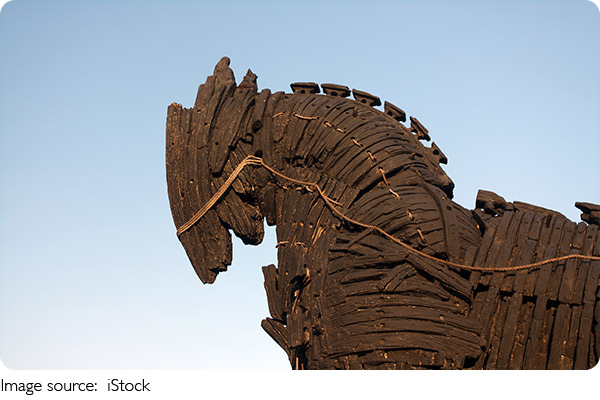Emotion Through Sculpture

Have you ever stood in front of a sculpture and felt like the figure was about to move—or even speak?
That's the power of emotion in sculpture. Unlike paintings or photos, sculptures are three-dimensional, which allows them to express feeling in ways that feel incredibly real and even human.
But how do artists use shapes, textures, and poses to bring emotions to life? Let's explore how we can use sculpture to reveal both character and emotion.
It Starts With Observation
Before artists shape clay or carve stone, they observe. Sculptors pay close attention to body language, facial expression, and posture. A tilted head can suggest curiosity or confusion. Hands clenched into fists might show tension or frustration. The curve of a spine might reveal pride—or exhaustion. These tiny details matter because our bodies often say more than our words.
By studying real people and feelings, sculptors begin to understand how to shape emotion into form.
Material Choice Affects Mood
The material a sculptor chooses also plays a huge role in emotional impact. Soft clay might create smoother, warmer surfaces that feel gentle or personal. Hard marble or metal can give a sculpture a more formal or intense feeling. Wood might bring a natural, human warmth. Even texture plays a role—a rough surface can feel chaotic, while a polished one might seem calm or distant.
Choosing the right material is like choosing the right tone of voice in a conversation.
Movement Without Motion
Sculptures don't move, but they can suggest movement—and that's often how they communicate emotion. A figure reaching outward can feel hopeful. A person crouched and turned away can seem afraid or withdrawn. Even the flow of clothing or hair in a sculpture can create a sense of wind, speed, or energy. Sculptors use these cues to guide how we emotionally respond to what we see, much like a movie director uses camera angles and lighting.
The Power of Expression
Facial expressions are one of the most direct ways to show how someone feels. Think about a furrowed brow, a tear on the cheek, or a gentle smile. These features don't have to be exaggerated. In fact, the most powerful sculptures often use subtle details to convey emotion. Just a small lift of the lips or a slight gaze shift can change the entire mood. This allows viewers to pause and imagine what the figure is thinking or feeling.

Posing With Purpose
Pose matters just as much as facial expression. Is the figure standing tall, arms open? That might express confidence or welcome. Is the person curled inwards, knees drawn up? That could suggest sadness, grief, or protection. The pose creates a narrative—a visual story we can follow. In public sculptures or memorials, poses are often used to invite empathy from viewers. We don't just look at the piece—we feel something from it.
Sculpture Tells Silent Stories
Sculptures don't need words to tell us about love, loss, strength, or longing. Each curve, line, and angle carries meaning. Some sculptures are based on real people and real moments. Others come from the artist's imagination or emotional memories. But all of them aim to say something that resonates. When we pause in front of a powerful sculpture, we're not just seeing it—we're in conversation with it.
What Emotions Have You Seen in Stone?
Have you ever connected with a sculpture on a deep level—one that made you stop and reflect? Maybe it reminded you of someone, or maybe it stirred something you didn't expect. We'd love to hear about it. Sculptures don't speak, but they invite us to listen in a different way.
And next time you pass one, take a closer look. There may be more emotion in that still figure than in a whole book of words.


